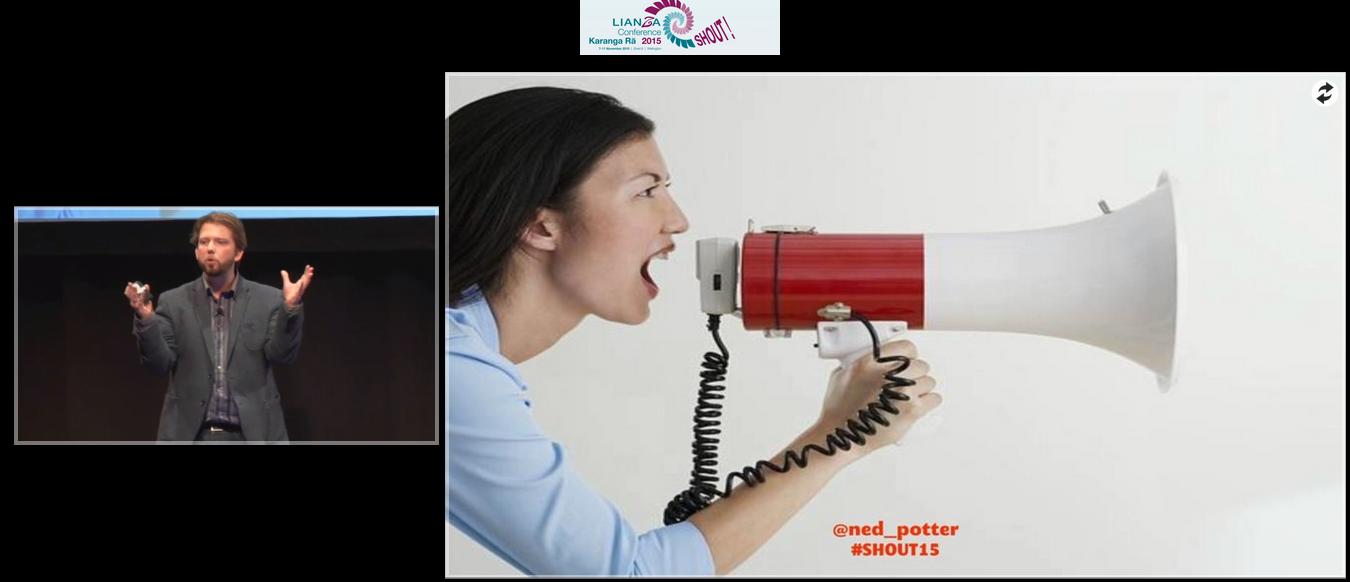Simplification is often useful to raise engagement with an audience. Not always, but often.
It's not about dumbing down, or making things superficial, or losing the nuance. The aim is simply to take away anything that isn't essential for the message. Get rid of the extraneous. Be brutal. It's like tuning out the white noise so you're left with a perfect signal; there's less to distract your audience, and a greater chance they'll understand the message and respond do it. Everyone is overwhelmed with information so anything to cut through that and make it easier for your audience is worth doing.
There is a check list of four questions you can ask yourself (in descending order or severity!) which can help to simplify your comms and your key marketing messages. I do this all the time in my day-job and I absolutely guarentee it makes a difference in the level of engagement I get from my audience.
1) Do we need to send this at all?
If we over-saturate our audience then our communications begin to loose value over time. So we have to be careful to only communicate when we have enough of important to that particular audience. The first way to simplify, then, is the most extreme: do I really need to send this? Most of the time the answer is yes, but occasionally opportunities to hold back arise, and those opportunities need to be taken.
Think of it from your audience's point of view. Would you want this if you were them?
2) Can we get rid of anything extraneous?
Again, it's not about making it TOO short. It's not about superficiality. It's about making it as short as possible whilst maintaining the meaning and the nuance of the message. Every sentance or element should be scrutinised - if it doesn't NEED to be there, get rid of it.
Some elements of your message can be present for the user at the next stage, rather than this initial contact - so for example, if the comms is to ask users to go to a website, some of the key information can be on the website without needing to also be included in the comms themselves.
For the user, a long message is a) more likely to make them not even read / watch at all, b) more likely to make them stop reading / watching before the end and c) make them less likely to retain the key information in their head afterwards.
3) Can we cascade this over more than one message?
Sometimes once you've got rid of what's extraneous you're still left with a LOT. To cut it further would be to leave out essential information. From a marketing point of view, it can be worth marketing one big thing at a time rather than trying to market everything at once - allowing your audience a chance to lock in on one key theme at a time, reducing the risk of getting lost in the detail. This is risky, because it can lead to over-communication (which goes against the first principle above) so you have to make a judgement call. But with something like academic induction, for example, telling everyone everything simply doesn't work. We KNOW people can't remember all that. So in that scenario it can be worth trying to cascasde one large message into two or three smaller ones.
4) Can the language be made clearer?
So you've done 1 - 3: yes it's essential and needs to go out; it's as short as it can be without losing nuance; it needs to be just one message. So can anything be done with the language and tone to make it clear and simple to follow? Can it be less formal without losing credibility? Is there any obscure terminology that your users won't all be familiar with? Are there acronyms that need replacing or explaining?
You can't always simplify comms, and it's not always desirable to do so. But if you ask yourself these four questions before disseminating key messages, the chances are you'll get a higher level of engagement from your audience.
BONUS QUESTION: Can we segment our audience?
Segmentation is too complex to get into detail here, but the basic principle is to divide your audience up into smaller groups and tailor the communication to each one. This often presents opportunities for simplification, because you're not having to include all of the information all of the time - you can pick and choose the parts that matter most to each segment.



